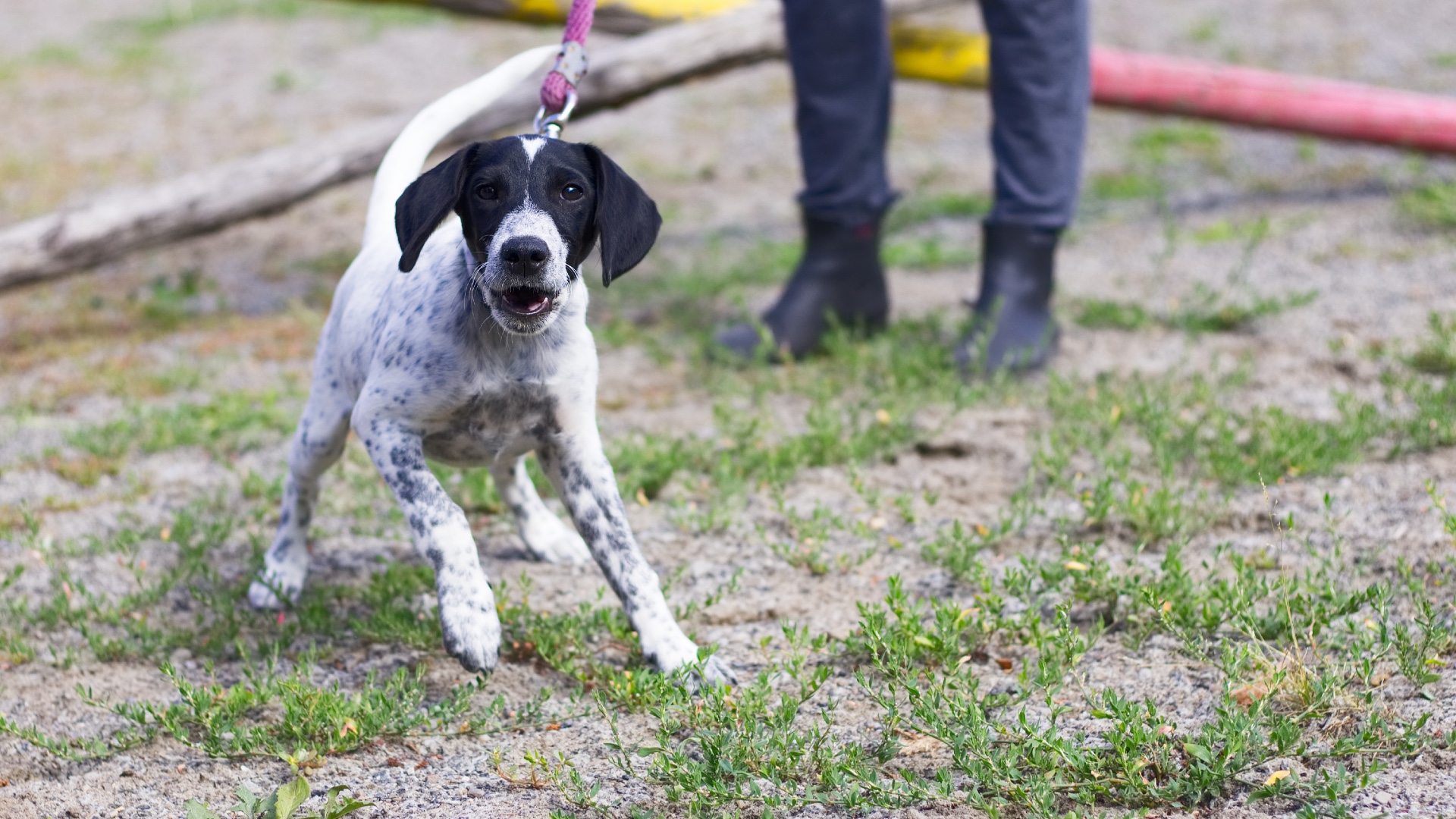
Reactivity in dogs is on the rise, with many pet parents reporting that their dog's incessant barking or lunging when they spot a fellow canine or a new human is one of the most challenging issues they're having to deal with.
There are many causes of reactivity in dogs and while learning how to calm a reactive dog can be helpful, working to minimize your dog's nervousness when you're out and about can make walks together a lot easier and more relaxing for you both.
And that's where expert dog trainer Adam Spivey can help. In a video shared to Instagram, Spivey says that before you can fix leash reactivity, you must first fix leash walking. You can check out the clip in full below or keep reading to find out more.
"Fixing the leash walking is so much more than just having a dog walk nicely, it’s about slowing the dog down, teaching them what the lead means and giving clear direction," Spivey explains.
A lot of trainers encourage pet parents to use dog treats when working with reactivity, however Spivey says this will only work if your dog is in a calm enough place to be able to receive the treat and follow what it is you're asking them to do.
Many of us mistakingly assume our dog's simply aren't food motivated when we try to gain their focus using treats, but according to Spivey, nothing could be further from the truth.
"Did you know that when a dog is so over adrenalised they often won’t take food? Did you also know that when you slow that dog down and introduce the concept of pressure through the leash, the dog slows down and the dog will often 9/10 then begin to take food?"
There are a lot of common loose leash walking mistakes that can exacerbate your dog's reactive behavior, so making sure your'e preventing these will help your dog get into a better state when on their leash, enabling them to follow commands and take treats.
Spivey says this is important as treats engage your dog's nose more, helping them to focus on positive things which in turn helps them to relax. Once you have them walking nicely (check out our guide to three things that will improve your dog's loose leash walking for advice on this) you can introduce triggers with a much greater chance of success.







